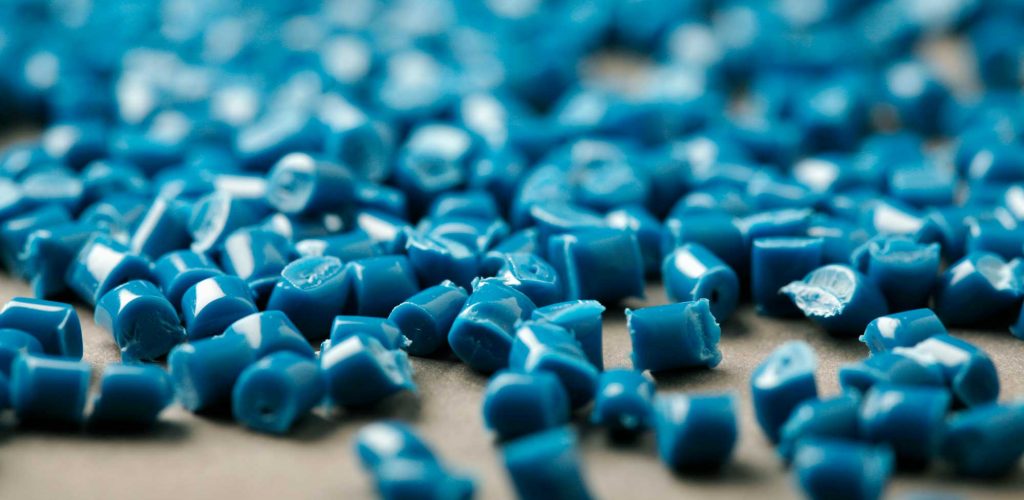The Customer’s Challenge
Alpine Advanced Materials wished to expand the software compatibility of their Moldflow-to-FEA process. Alpine was looking to convert components from metal materials into polymers. As part of this process, they needed to investigate the use of their specific advanced materials to maintain strength and rigidity while reducing the weight of the final product. Lastly, this project also allowed for the evaluation of Autodesk Moldflow as a potential solution for future projects.
The Project Goals
Our project consisted of two main goals:
- Linking of material analysis done in Moldflow to Nastran inside of Inventor.
- To better understand polymer-based product behavior as it compares to the original metal components and investigate any areas of concern for structural integrity.
The Solution
Moldflow Helius Nastran Inventor 3D model
Alpine Advanced Materials provided a 3D model for the analysis. This model was first run within Autodesk Moldflow to understand moldability and estimate the fiber orientation within their proprietary material. The results were then mapped over to Inventor Nastran via the Advanced Material Exchange application included with Autodesk Helius PFA, which translates the fiber orientations into orthotropic material properties for each mesh node in Nastran. Finally, the required loads and constraints were applied within Autodesk Inventor Nastran to run the non-linear stress analysis.
The Business Outcome
The result proved effective in evaluating the process, and with additional refinement to account for the non-linear aspects of the material used, the finished process evolved to be sustainable. With the Moldflow and Inventor Nastran models, Alpine Advanced Materials could evaluate the feasibility of both the component and the intended material. Design changes could be made where needed to further improve the component and a better understanding of the material behavior was gained in the process. Lastly, knowledge gained regarding Autodesk Moldflow may lead to internal adoption for future projects to couple with existing seats of the Product Design & Manufacturing Collection to further advance the proprietary developed workflow from design to manufacturing.
Conclusion
“In looking for a new analysis partner, the Autodesk team at Team D3 were prompt and professional in following through with needed results. They worked hand-in-hand with the Alpine team, with each supporting their area of expertise. Additional projects have since been seamlessly executed by Team D3 with the same high level of quality Alpine instills in its company culture, customer components, and supplier base.”





